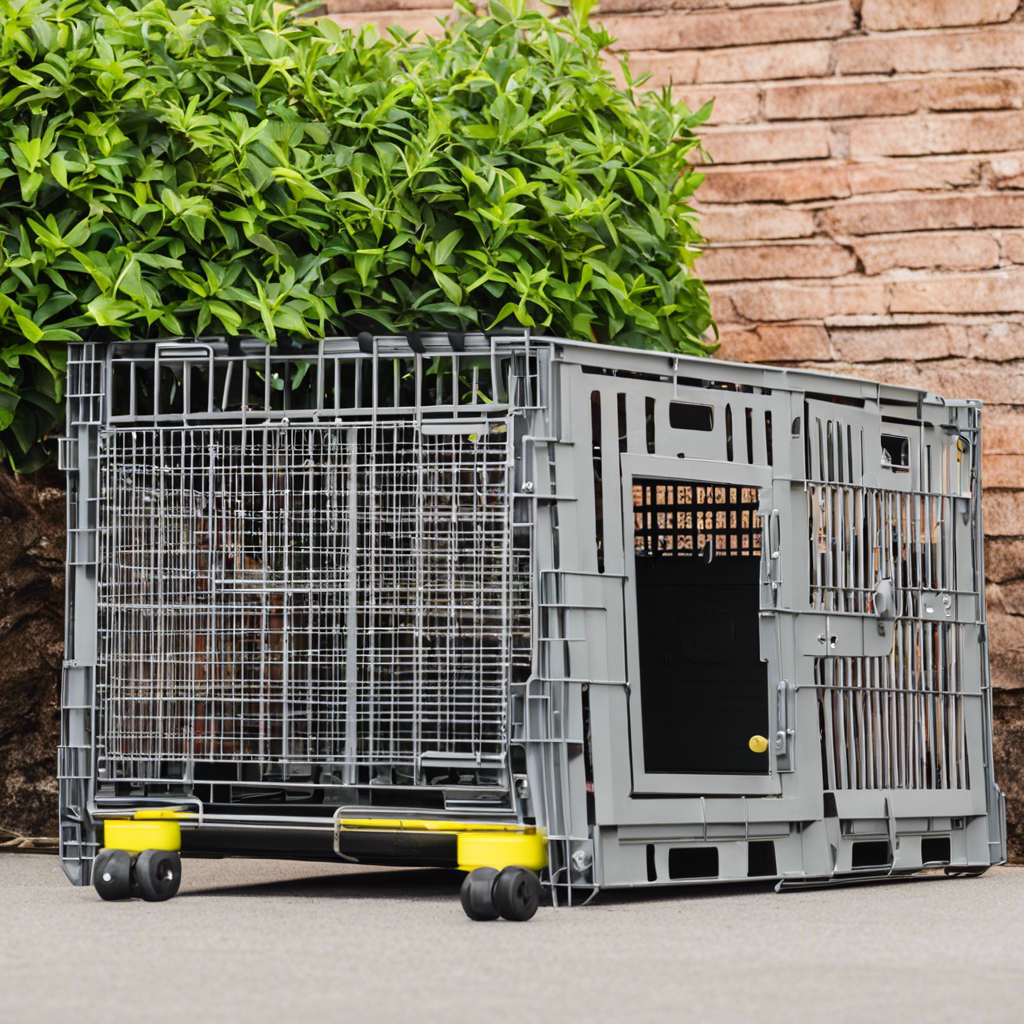# Crate Training: Unlocking the Benefits and Mastering the Process
Crate training has become an increasingly popular technique in dog ownership, offering a wide array of benefits for both pets and their owners. It involves creating a safe and comfortable space for your dog, often in the form of a crate, which can serve multiple purposes throughout your pet’s life. From house training puppies to providing a sanctuary for adult dogs, crate training is an invaluable tool in responsible pet ownership.
## The Benefits of Crate Training
**1. House Training Made Easy:** For new puppy owners, crate training is a game-changer. Puppies naturally avoid soiling their sleeping areas, so a crate can be a powerful tool in teaching them bladder and bowel control. With consistent crate training, puppies learn to hold it until they’re out of the crate, making the house training process more manageable.
**2. A Safe Haven:** The crate becomes a cozy sanctuary for your dog, a place of comfort and security. When introduced correctly, dogs view their crate as a den—a space for relaxation and privacy. This is especially beneficial during stressful situations like fireworks, thunderstorms, or even travel.
**3. Preventing Destructive Behavior:** Dogs, especially young ones, can be curious and mischievous. Crate training helps prevent destructive behavior by providing a safe space for your dog when you’re unable to supervise them directly. This can save your furniture, shoes, and other belongings from becoming chew toys!
**4. Travel and Vet Visits:** Crate-trained dogs are better prepared for travel and veterinary visits. They are more comfortable being in a crate during car rides or in unfamiliar settings, making these experiences less stressful for both you and your pet.
## Getting Started: Crate Training Basics
Choosing the Right Crate: Selecting the appropriate crate is the first step. You want a crate that is just large enough for your dog to stand up, turn around, and lie down comfortably. Too much extra space may encourage accidents in the crate.
Introduction and Positive Association: Introduce the crate gradually, making it a positive experience. Place it in a central yet quiet area, and encourage your dog to explore it. You can toss treats inside or feed your dog near the crate to create a positive association.
Gradual Exposure: Start with short periods of crate time, gradually increasing the duration. Leave the crate door open initially, allowing your dog to enter and exit freely. As they become more comfortable, close the door for brief periods, offering treats or a favorite toy to keep them occupied.
## Best Practices for Successful Crate Training
**Consistency is Key:** Consistency is vital to successful crate training. Establish a routine for crate time, and stick to it. This helps your dog understand that crate time is a regular part of their day.
**Never Punish:** The crate should never be used as a punishment. It is a safe space, not a prison. If your dog misbehaves, redirect their behavior or use other training methods, but never associate the crate with discipline.
**Make it Comfortable:** Provide a cozy bed or blanket, and consider adding a familiar-scented item like an old t-shirt to make the crate more inviting. Ensure proper ventilation and a comfortable temperature for your pet.
**Gradual Progression:** Take your time with crate training. Don’t rush the process or force your dog into the crate. Gradual exposure will lead to a more positive and lasting association.
## Troubleshooting Common Crate Training Challenges
Whining and Barking: It’s not uncommon for dogs to whine or bark in their crates, especially when they’re adjusting to the new routine. Avoid rewarding this behavior by letting them out immediately. Instead, wait for a brief pause in the noise and then release them.
Separation Anxiety: Some dogs may experience separation anxiety when crated. Start with short periods of crate time and gradually increase them. Provide mentally stimulating toys to keep your dog occupied, and consider seeking professional help if anxiety persists.
Accidents in the Crate: If your dog has accidents in the crate, evaluate the crate size and ensure you’re letting them out frequently enough. Clean the crate thoroughly to remove any lingering odors that may encourage future accidents.
Crate training is a valuable tool that can enhance your dog’s well-being and your relationship with them. By providing a safe space, aiding in house training, and promoting calm behavior, crate training benefits both dogs and their owners. Remember, patience, consistency, and positive reinforcement are the keys to successful crate training.
Happy training, and enjoy the countless rewards of this thoughtful practice!

